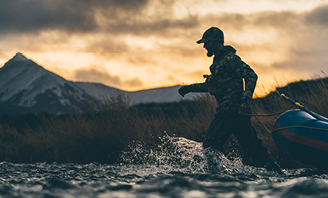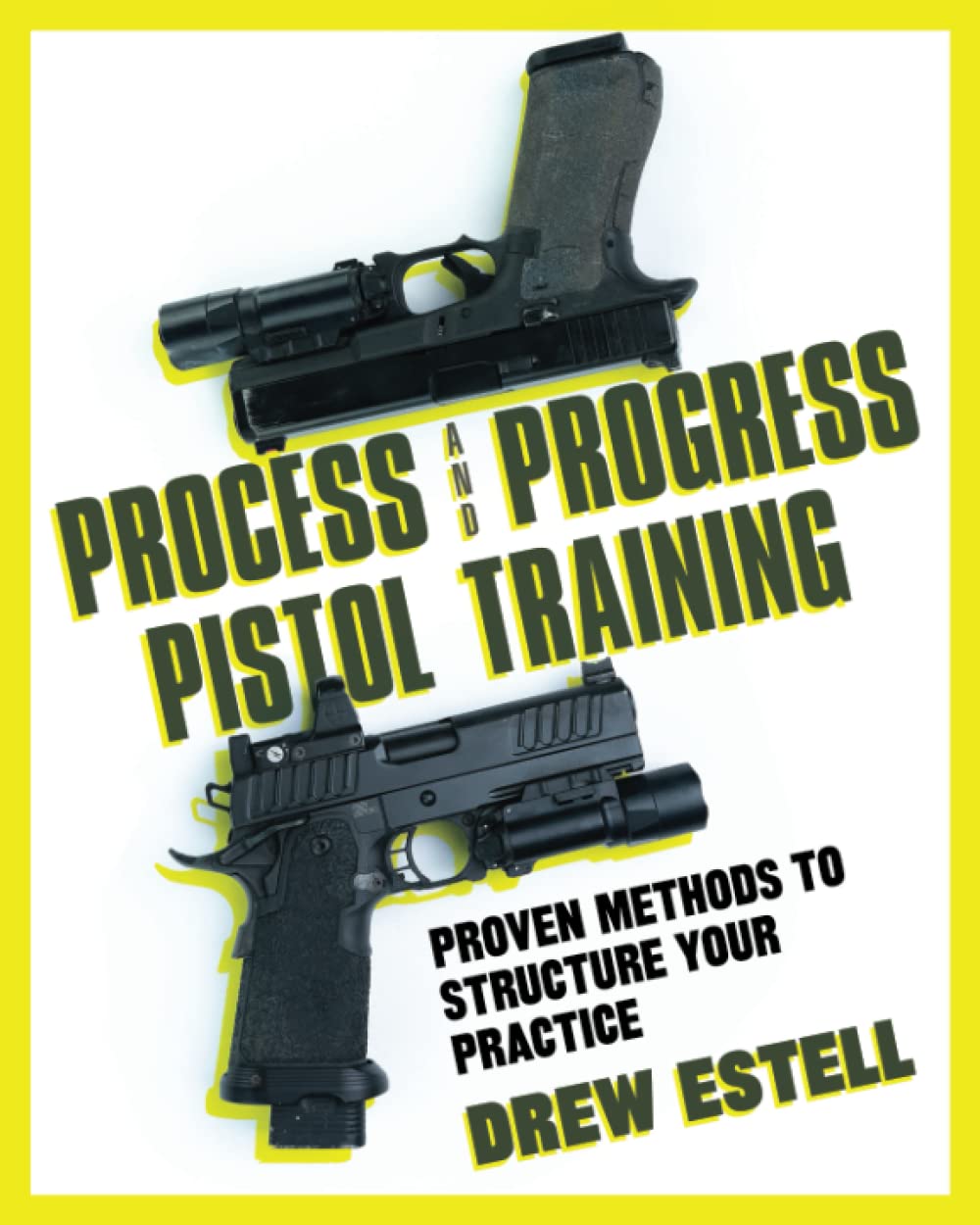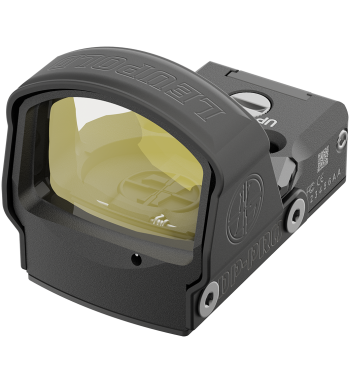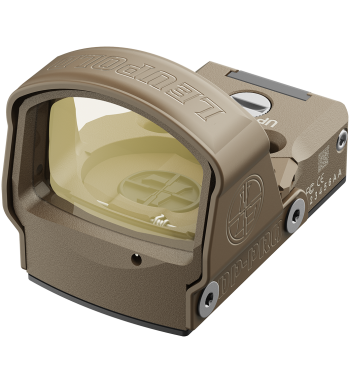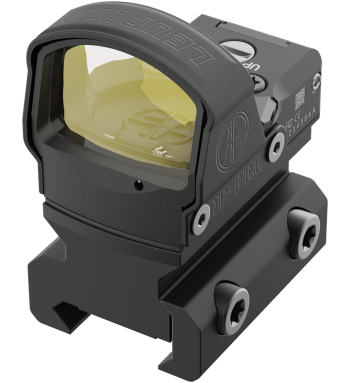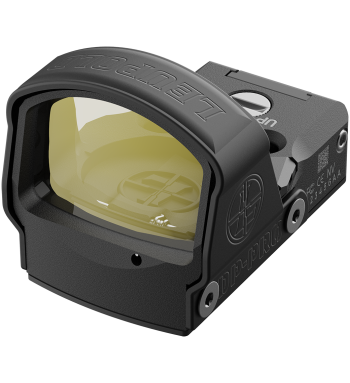How To Instantly Improve Your Pistol Grip
How To Instantly Improve Your Pistol Grip
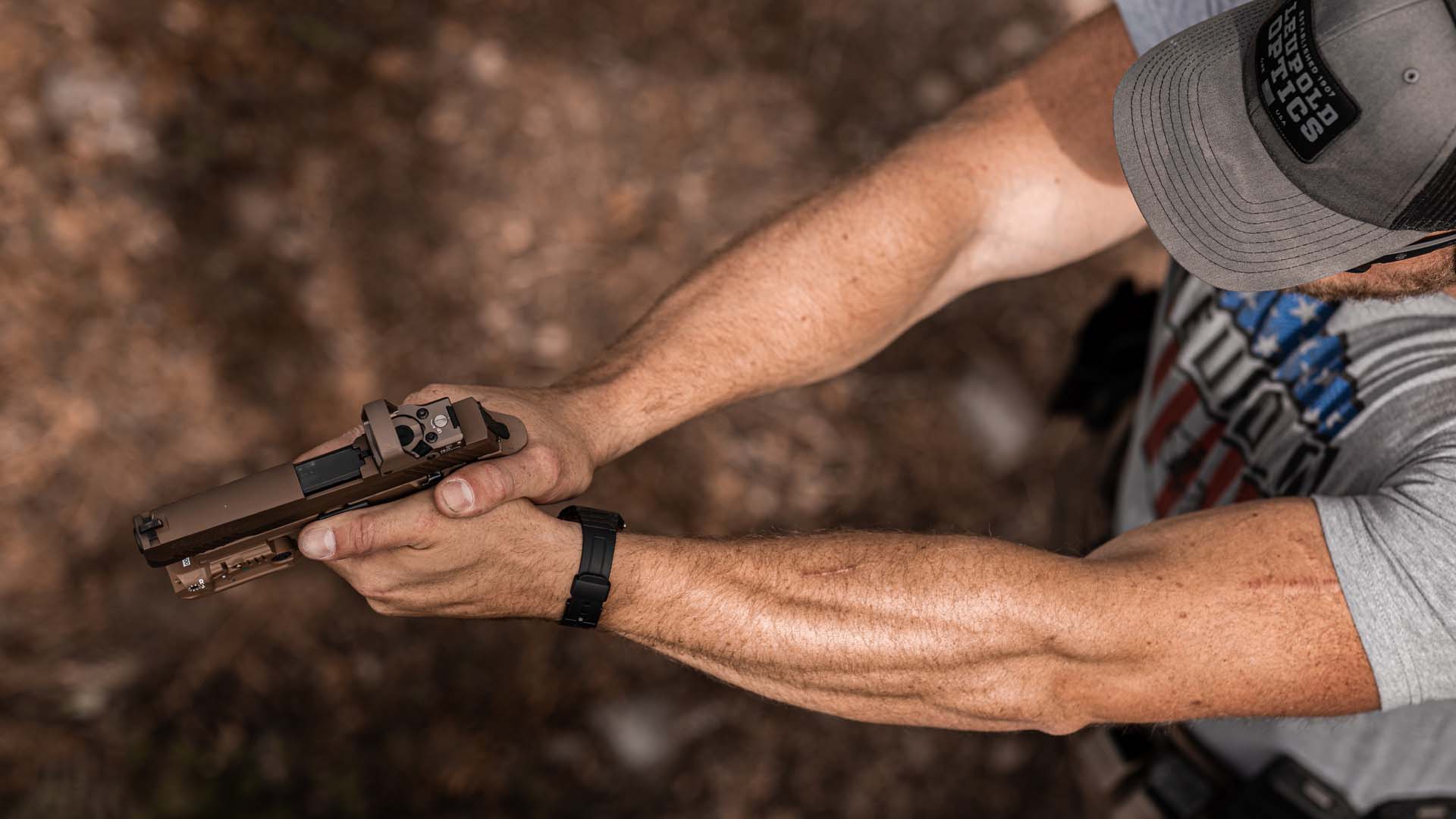

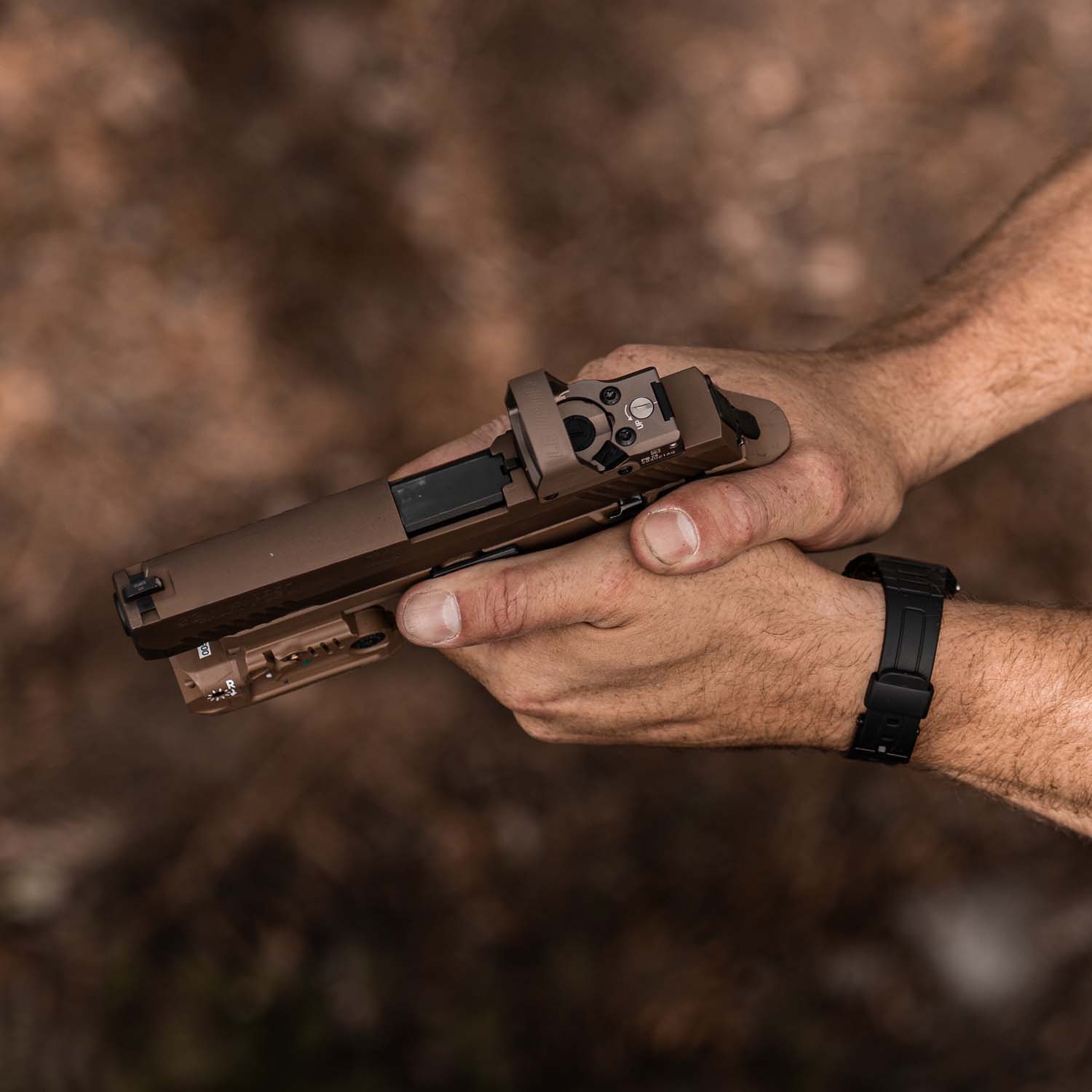
Drew Estell knows the importance of practical training. Deployed numerous times to combat zones in the Middle East, Drew has seen the consequences of inadequate preparation. He knows that just because you go to the range to shoot doesn’t mean you’re improving your firearms skills. In this excerpt from his book Process and Progress Pistol Training: Proven Methods to Structure Your Practice, he covers the fundamentals of achieving a strong and repeatable grip on your handgun to instantly improve your pistol shooting.
Dominant vs Support Hand
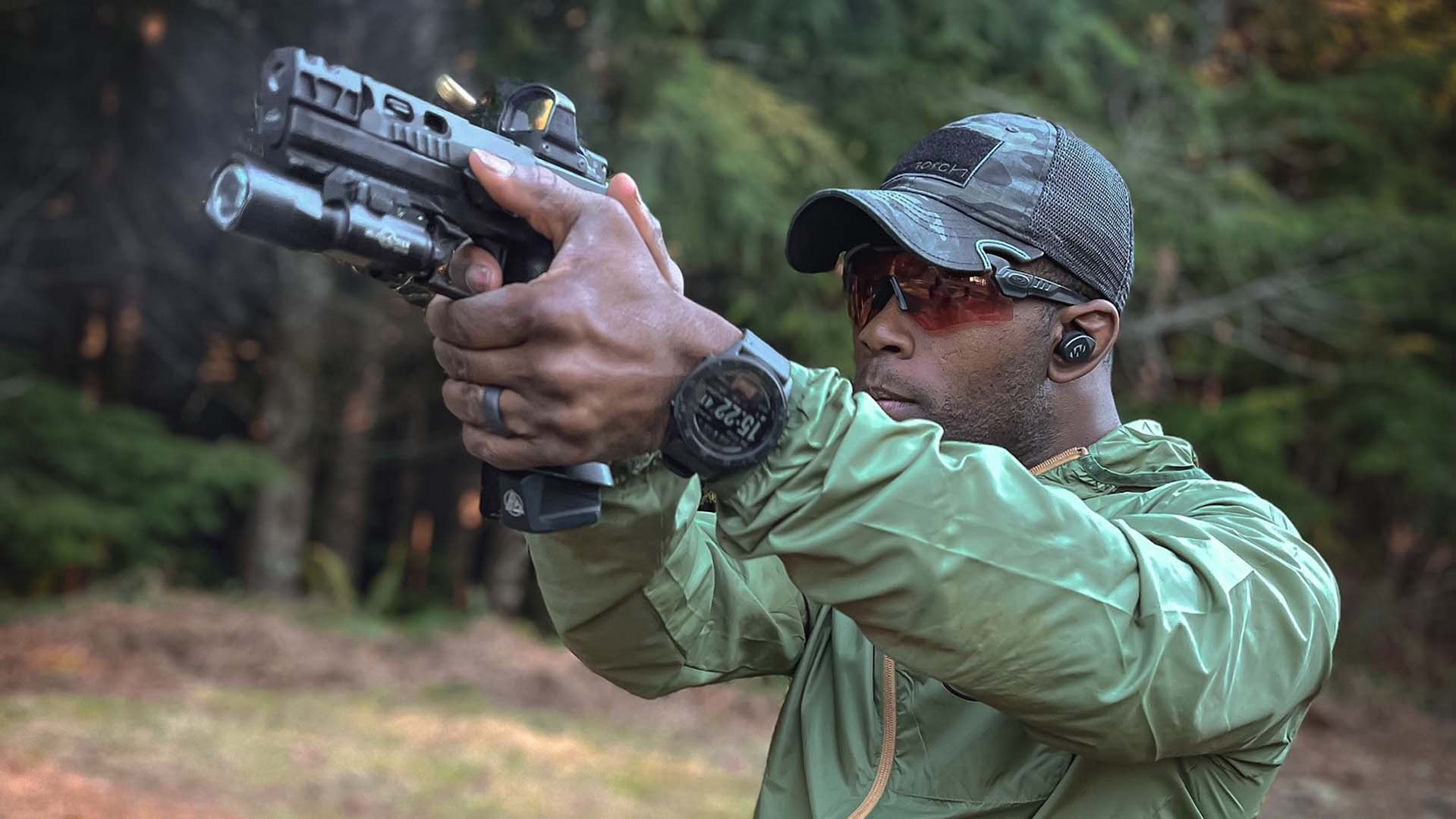

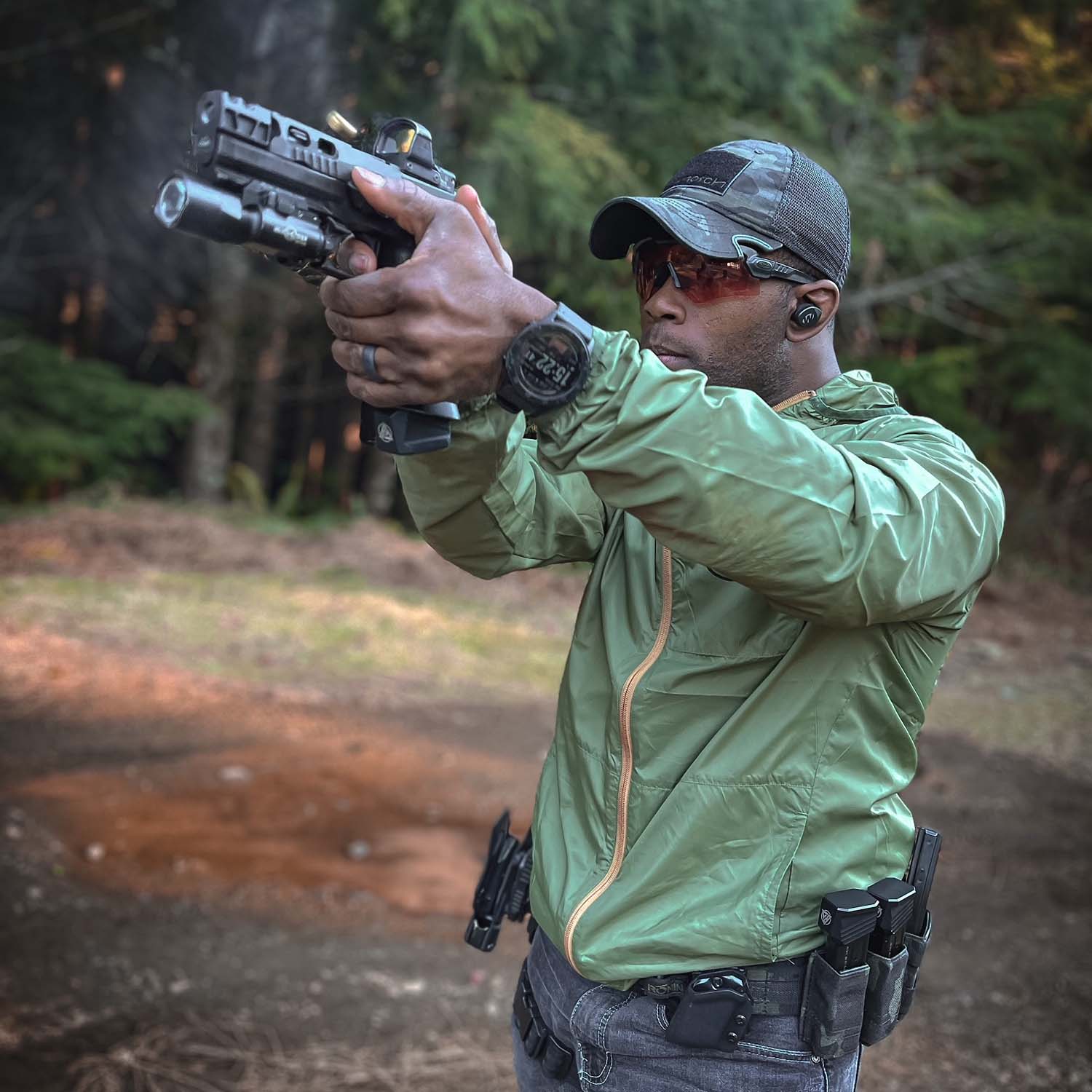
Most people shoot their pistol with their dominant hand. Ask anyone on a range and 99% of them out there will consider their firing hand to be their dominant hand. In actuality, you should consider your dominant hand your support hand. The reason is because the support hand is the one doing most of the work. The firing hand is a solid firing platform for manipulating the trigger correctly. As such, it accounts for about one-third of your recoil management. Your support hand (our new dominant hand) actually does the rest of the work and makes the sights re-index back to the original point of aim before the shot was taken. The support hand is therefore the main player in the grip, as it drives the gun from target to target and supplies most of the strength applied to the pistol.
In less experienced shooters, the “grip” typically breaks down after three to five rounds. One reason is because upon taking the first shot, our focus shifts to the trigger finger and sight picture and we forget about the support hand. You need to keep the focus on your support hand, and really feel it PRESSing into the frame and TORQUEing forward so that you can mitigate recoil. Lock it in from the start and don’t lose that feeling. A good way to develop this feeling is to cup the edge of a table so that your fingers are on the bottom side and your palm is flat on top with the thumb pointed straight out. Now press your hand against the table and apply rotational force forward so that the thumb starts to point 45 or more degrees away from you. The feeling of tension and friction on your palm is what you should feel on the frame of the gun. It’s almost as if the skin is being stretched by the forward torqueing of the hand.
PRESS + TORQUE = RECOIL MANAGEMENT
Recoil on a pistol is straight back, then when it hits the back of the frame we get most of the rotation that causes the sights to raise. The firing hand platform SPREAD addresses part of this, while the non-firing hand’s TORQUE covers the rest. All you have left to do is to PRESS the trigger.
SPREAD + TORQUE + PRESS = GRIP
Self-Diagnose Common Issues
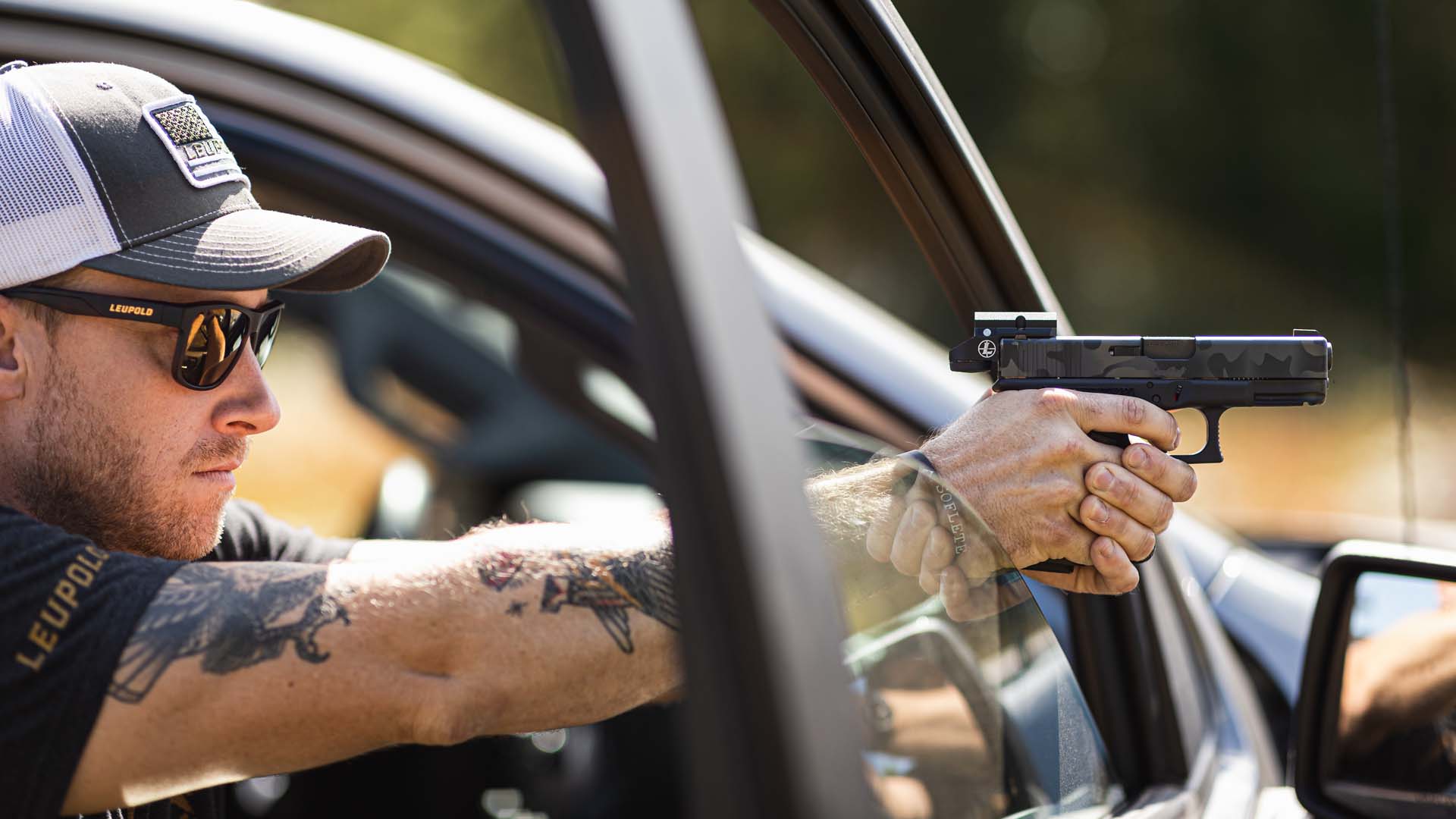

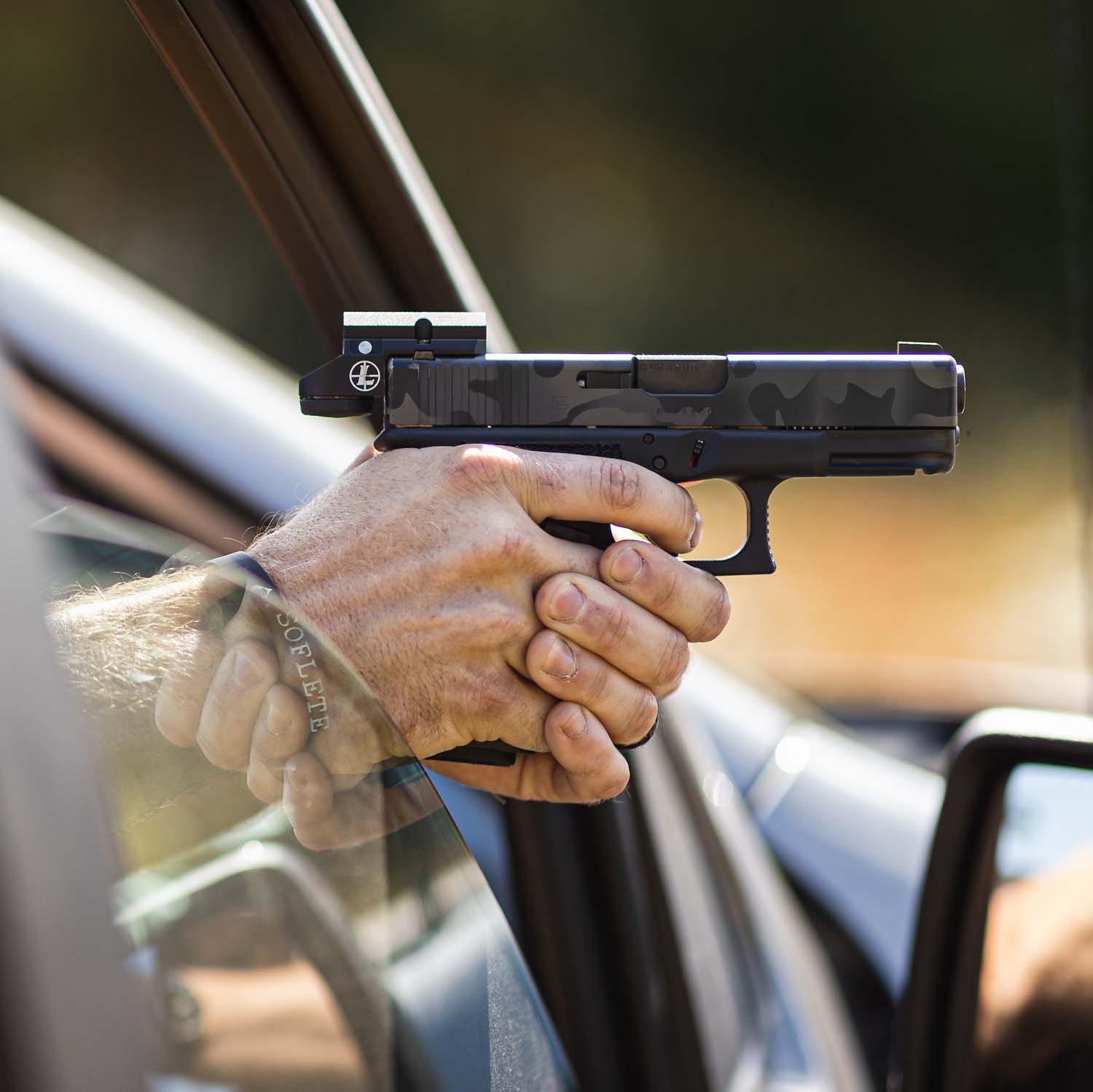
It’s one thing to understand good grip on paper. Unfortunately, it’s never that easy in real life. I like to compare firing the pistol to performing the snatch. The snatch, if you are unfamiliar, is an Olympic weightlifting movement that is also common to CrossFit. In its most basic form, the snatch involves moving as much weight as possible, as efficiently as possible, from the ground to overhead in one movement without stopping. If one aspect of the maneuver is off, the weight won’t be in line as you get it overhead and you will miss the lift. In the snatch, the lighter the weight, the more room for error you have, and vice-versa—the heavier the weight, the less room for error you have.
To translate this analogy to the pistol, think of the weight you are lifting as the speed at which you are firing the gun. Slower shooting speeds and a larger target equal more room for error, whereas the smaller the target is in reference to your sights and the faster you pull the trigger, the less room for error you have. I like this comparison because it gets at the way you have to generate force onto the pistol evenly—much like keeping the weight in line—so that the pistol recoils evenly and returns to the same point. If you apply force in an uneven manner or pull the trigger in any direction other than straight back, then it will affect the gun.


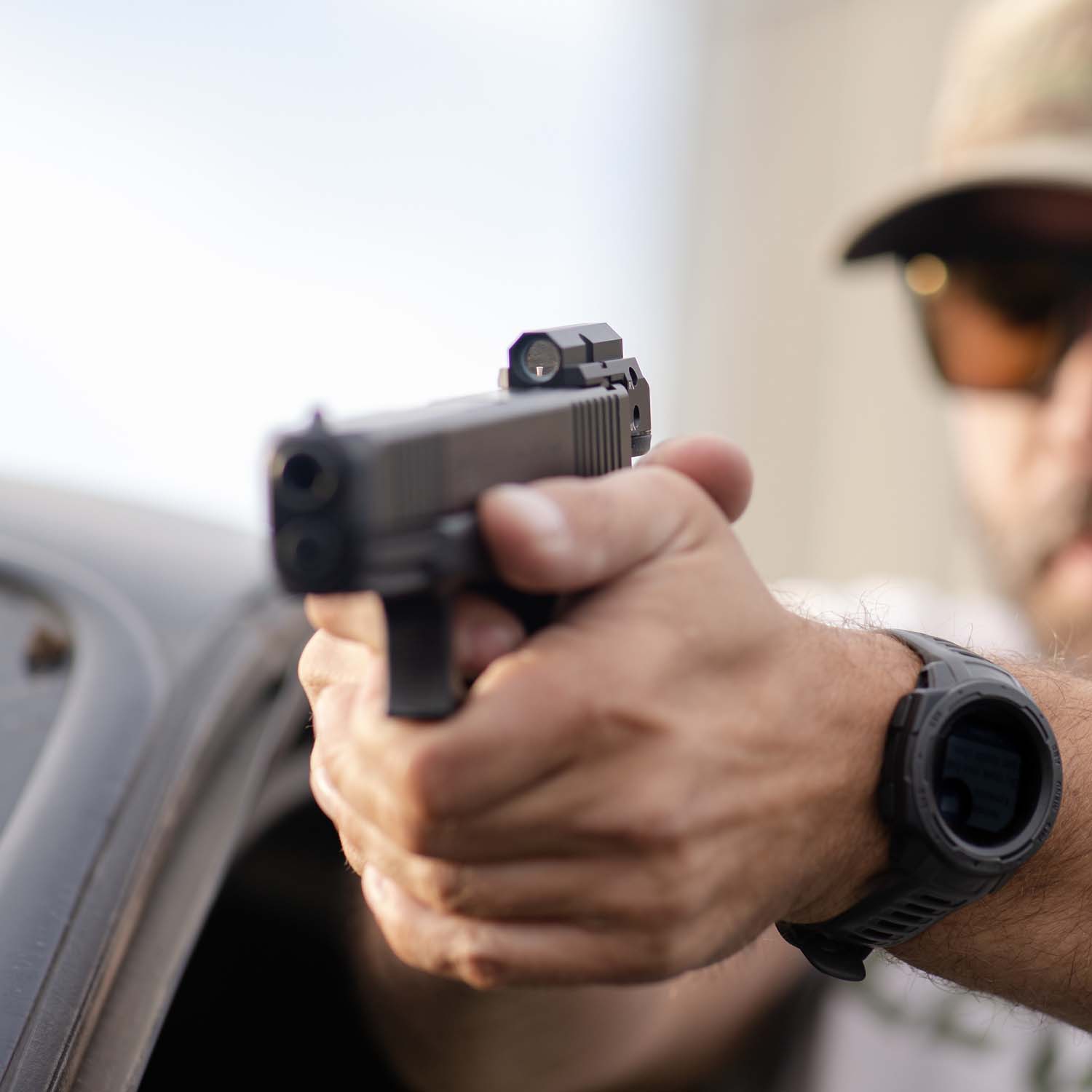
The rifle, on the other hand, is more like a deadlift because it’s simpler. To perform a deadlift, simply raise the weight straight up from a bent to a standing position. When shooting a rifle, lock the gun in with a solid platform and manipulate it as needed and you’ll be successful. The pistol is more complicated because you’ve got one point of contact—the frame—that you have to exert your force onto to keep the pistol stable. It has to float out in front of you while your two arms act as frames, and force must be applied in an even manner to get the sights back to where you want naturally.
You can diagnose your specific shooting issues by identifying the common problems below:
Rounds impact inside of your point of aim (left of target for right-handed shooters, right of target for left-handed shooters).
Trigger is not being pulled straight back. Find a new reference point where the trigger is traveling at a more outside angle than it was. If needed, put more finger on the trigger and scrape the face of the trigger toward that outside angle.
Rounds impact high.
Quit looking at your target as you are firing. What’s happening is that as you go to take the shot you are looking for the impact of the round on the target. Doing that causes the muzzle to drift up slightly, which makes the round impact high.
Rounds are impacting low, or you have a hiccup when you are shooting a string of fire.
As you shoot you are most likely developing tension in the torso and bearing down on the pistol instead of pressing through it. The fix is to press the gun out along your line of sight and to think “up and out” not “down and tight.”
Another cause may be that you are over-pronating the firing hand as you shoot. Sometimes we call this anticipation, which is fairly accurate. Instead, think about holding the torque of the non-firing hand the entire time and feeling it through your shot string. Start with the required amount of force, don’t add or take any away. Put the focus on the non-firing hand, not the one pulling the trigger.
As you fire you are flinching and moving the sights as the shot breaks.
Usually this error is fixed by changing the way you see your sights. Instead of focusing on the front sight and seeing it perfectly crisp like we’ve been taught, see through the sights with a different focal point. This way, if the sights move slightly as you fire, you won’t try and correct them at the last second, which could be causing a minor correction (flinch) as the shot goes off.
To read more about improving your pistol training, check out the Drew Estell's full book "Process and Progress Pistol Training: Proven Methods to Structure Your Practice"
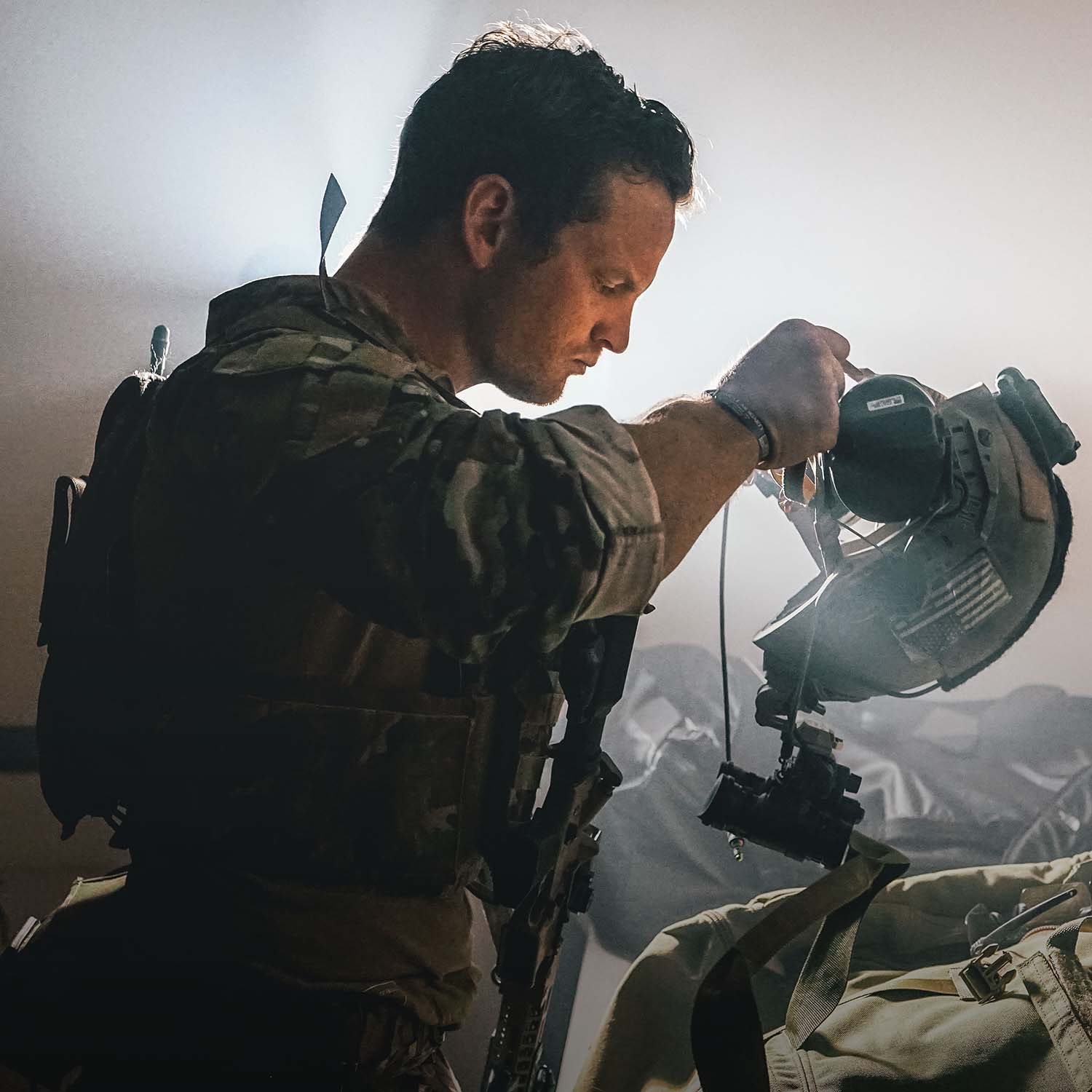


About Drew Estell
Drew Estell served in Army Special Forces in various roles, deploying multiple times across the globe. After retiring from the military, he founded BAER Solutions LLC, providing high-level firearms training to a wide variety of enthusiasts and professionals, including military, police, competitive shooters, and hobbyists across the country.



